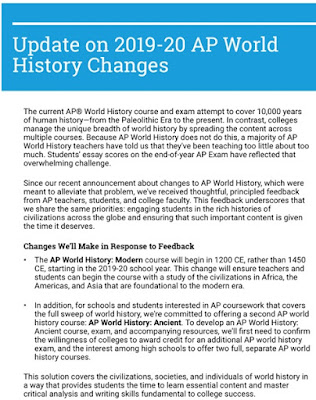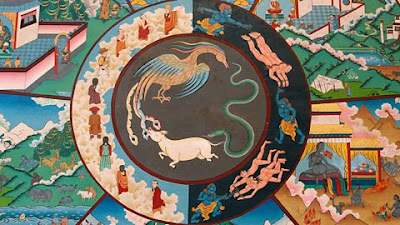Birth of Indian Art: Ajanta Caves Restored
Photograph: Prasad Pawar Panting and art helped make the Gupta Empire one of the greatest. The paintings in the caves of Ajanta represent the best example. According to author and writer, William Dalrymple , the restored paintings on the Ajanta cave walls in Maharashtra, western India are, "possibly the finest surviving picture galleries from the ancient world." Restoration of the paintings in Cave #10 began in 1999 using infrared light, micro-emulsion and "cutting-edge Japanese conservation technology." In a story for the Guardian called " The Ajanta Cave Murals: 'Nothing Less Than the Birth of Indian Art ,' " Dalrymple reports that archaeologists "succeeded in removing 75% of the layers of shellac, hard soot and grime from 10 sq m of the murals." Here are some interesting facts about the murals that come from the story. 31 caves make up the Ajanta Caves The paintings tell Jakarta stories which are stories about the earlier lives of...








